Can you play tennis with a wooden racquet these days? Well, of course, you can, but is it enjoyable? I brought out my old Bancroft Bjorn Borg to find out…
Wooden tennis racquets went out of fashion in the early 80s. Bjorn Borg was one of the players that clung to his racquet, but then he also retired in 1983. There is a reason wooden racquets went out of fashion. They are simply very difficult to play tennis with. The small hitting surface and the weight (400g or more) forces you to use laser-eye focus when watching the ball.
I was asked by a YouTube subscriber to bring out the old “woodie”.

I was curious how much I would frame the ball. But my intention was to see it as a practice tool to dial in my footwork, eyesight and make sure to hit that tiny sweet spot over and over.
Fun and challenging
I thought of using the wooden racquet for about 20 minutes and revert back to the Tecnifibre TF40 or HEAD Pro Tour 2.0 that I am testing at the moment. But I had so much fun playing with this very heavy and flexible racquet, that I used it for most of the session!
The specs of my Bancroft Bjorn Borg Autograph were: 405g, 375 SW and 60 sq inch head size. It required me to really make sure I prepared and also forced me to flatten out my swing, almost continental style (in the end I stayed with my Eastern/Semi-Western grip).
It was a great practice session and I learned that I could actually play decent tennis (but far from by best) with a wooden racquet. As long as I hit with an ultra-flat stroke and a long continental-style swing, I managed to contact the ball properly. Generating topspin was another story. But I am sure it can be good practice for aspiring players to learn how to find the sweet spot!
Should they make a comeback?
I would love to see some exhibition or club tournaments using only wooden racquets to change up the play and make it more creative and less focused on power and spin. Today’s tennis can be a bit of a slugfest at times, especially with two big servers or competent baseliners on the court at the same time. I really enjoy watching players like Federer, Kyrgios, and Lopez that play a drastically different style from most other players.
So we should encourage younger players to mix it up more. Not sure if we need to change the technical requirements or rules of the sport to do so, but I think the viewers and fans of the sport would appreciate some more variety in today’s tennis.
I want to end this post by giving the players who competed with wooden racquets a lot of respect and props for being able to play so well with a racquet like this. It definitely requires a lot from the user. So well done to you who mastered the woodies!
Have you played with a wooden tennis racquet recently?
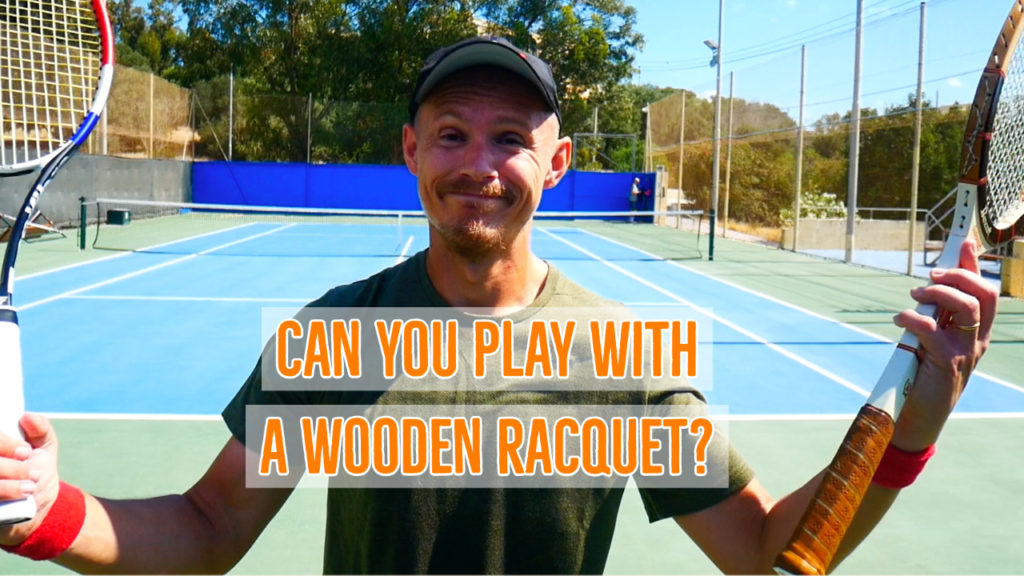
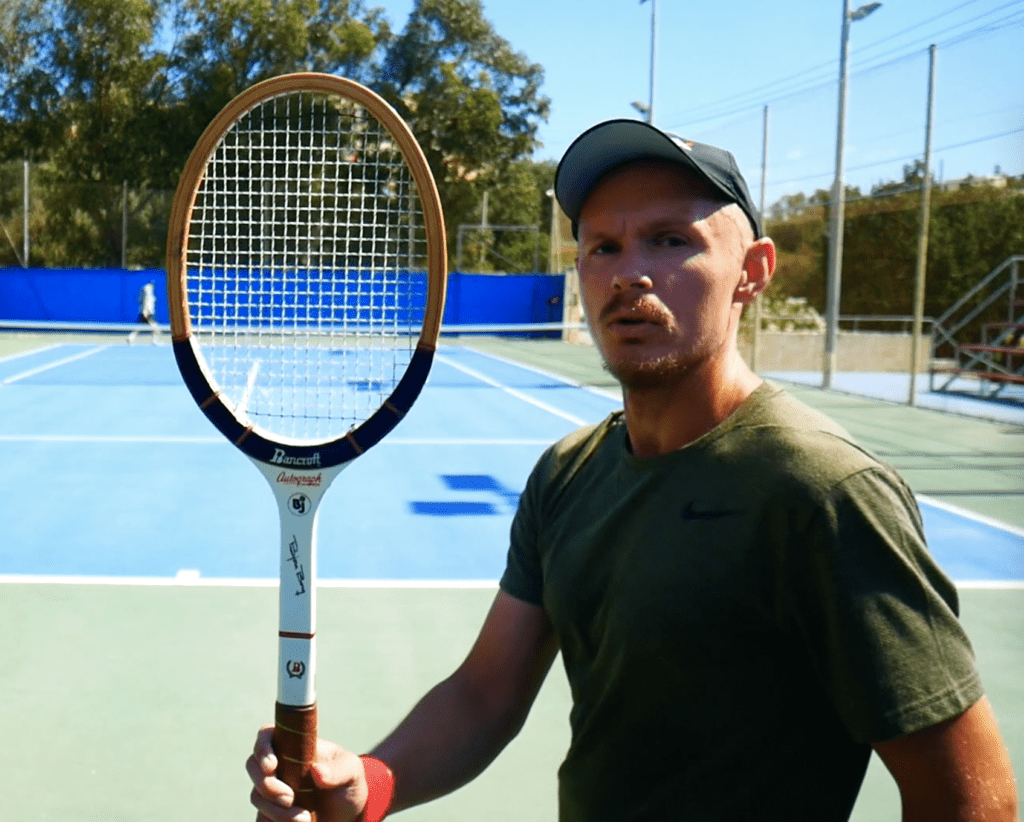


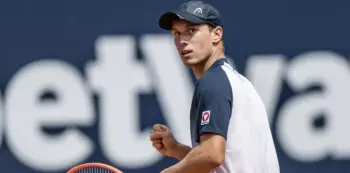
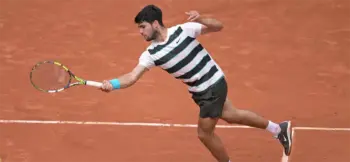


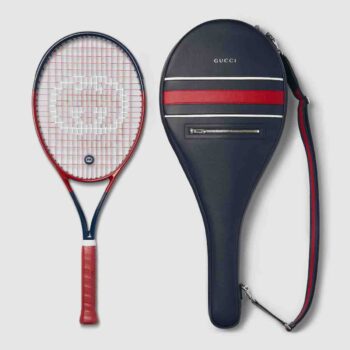
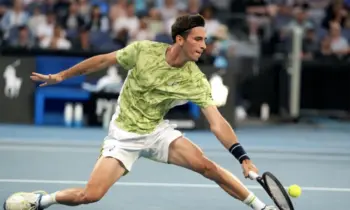
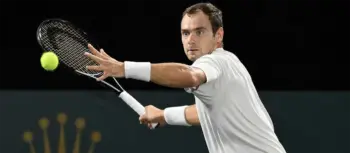

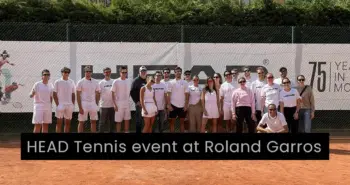

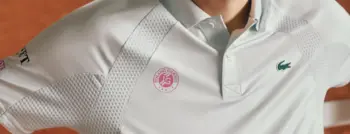
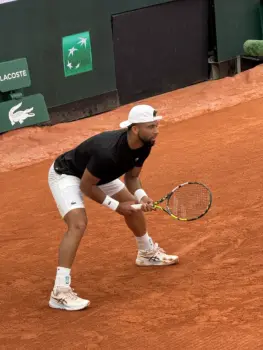

Jonas,
This hits me in the feels. I started tennis in ’80~81. My first good stick was a nice Snauwert that had a thinner, more svelte hoop than the “reference standard” Kramer Pro Staff.
The shaft, neck/yoke, lower and upper hoop were all slimmer; construction appeared to be a different species of wood, more dense and ‘reedy’. Today I’d say it’s a bamboo, in terms of flex and density. Nice brown on brown lacquer finish all over. A lower SW than a Pro Staff, for sure.
So now I find it’s no surprise that I’ll swing around a stick with a 340 SW around and think, “yeah, that’s pretty snappy.” I can *only imagine* what my Kramer or Maxfli (J.Mc’s stick) would measure.
And the little wood heads made string upgrades a huge payoff. I was so upset later on when I got some gut in one of my frames (someone gave me a set or paid me with it, I forget). I strung that up and the sweet spot seemed double in size. The elasticity really enlarged the pocket. Too bad I couldn’t afford gut all the time, I would have rocked it as much as possible.
The midsize alloy frames soon came, and that alone made the sweet spot bigger, which made missing gut not such a big deal. (And, no, I never owned a 110 paddle, what kind of player do you think I am ? )
Cheers,
/Acey
Errata—(since no edit() method).
‘[…] never owned a ~110 in² paddle’ (racquet), which was the original design size for the OG Prince: natural aluminum one-piece hoop & handle, green FRN yoke.
That big hoop with not-so-big alloy tubing was a recipe for like a 40RA, if the standard were available then.
As I remember, the Prince was just “The Prince” tennis racquet for a good while: they added “110” when they started to make mids, but those came after they started with new materials. Anyone remember the Woodie? (Talk about low RA!).
I had two Pro 90s (all gloss black with gold pinstripe), which was the best I could get after both my Head TXEs wore out. (Now *that* was a sweet frame.)
/Acey
Hi Tennis Nerd. I’ve been enjoying your blog. I guess that makes me a nerd too.
Question for you. I’ve been playing with a Prince Original Graphite Oversize (4 stripe… 1980s vintage) for the last ~20 years. Things I love about this racket: pretty much everything. Weight, exceptional feel and control, and admittedly — as I have longer, whippy strokes — the margin for error. Unfortunately this racket is getting old and I’ve been unable to find suitable spares. I’ve flirted with a couple of modern rackets but nothing has grabbed me. Any ideas or recommendations?
About me: I’m a USTA 4.5 player in my early 40s. Mostly play singles. Thanks.
– Hopelessly Stuck in the Past
Hi Chuck,
That is a classic! I would try the newer Prince Phantom racquets such as the Prince Phantom 100P or Prince Phantom 100. I think they should play pretty close!
Cheers / Jonas
PS. If you feel like my advice is really useful, please consider becoming a patron for $2 at patreon.com/tennisnerd and get exclusive content every week. DS.
Nice article. I switched back to wood 3 or 4 years ago after trying one off the wall at the tennis club. So much fun that I bought a dozen of them and now only play with graphite when its wet. I reckon wood lets you feel the ball contact more and awakens your touch. It is awesome for bh slice and touch volleys. I love hitting flat fh’s with them. Harder to hit sweet spot consistently, but after a few months it all seems natural. It suits aggressive play and taking the ball on the rise which generates power without big rhs. The key is getting your weight through the ball. I broke a couple of Kramer autographs but am finding the Laver signature model, Maxply fort and Slazenger challenge, all with new gut strings, are super fun to play with, social or competing. Re-stringing the gut as soon as needed is mandatory. I’m 60 but feel 16 with wood.
I recently acquired a Head Vilas in top notch condition. It has an open heart construction, but is still made of laminated wood, and the headsize is around 68 sq. in. I strung it with natural gut, in order to spare the frame, and went out for a hit with a friend. It’s almost impossible to impart any spin, as the string pattern is so dense, and the flexibility makes it hard to generate any power. It’s also extreley heavy at 380g strung, so one really needs to drive through the ball with perfect form to hit clean. Just for the sake of it, after one set I switched to a Kneissl White Star Masters 10 (same mold as the Adidas Ivan Lendl), which is 75 sq.in. but has a graphite / kevlar layup and weighs about 360g strung. Despite the small head, it felt like a canon compared to the Head. The composite layup makes a world of difference.
TBH, I don’t think I’ve seen you hit better. Your strokes are much more smooth and the contacts look more consistently centred. This is probably because of the weight forcing you to swing slower, and so I would suggest using a wooden racket as a training aid. I have found that to be the case using an RF97, which forces me to hit smoother. In the end, power does not come from a fast swing, it comes from a perfectly timed swing. This is the difference between amateurs and pros, not strength. Just look at any other ball sport, Pros swing smoothly and time the ball perfectly, they don’t have to ‘hit’ at all. Also in cricket and golf, you often see the use of heavy bats and clubs (2 clubs together) to improve technique in a warmup. I would strongly suggest using a heavy racket as a warm-up tool, so long as you can concentrate on the timing aspect when you drop back to a normal racket.
Check this one out: https://www.youtube.com/watch?v=KogN6Ex7gZQ
Some measurement of an old wooden racquet and surprising numbers.
I started using them as a kid in the Borg era. When I got better, I switched to the Wilson T2000 steel racquet (Jimmy Connors) with an even smaller head size. I still have it somewhere. If I can find it I will try it out again.
Last week I took my only remaining wood racquet, a Dunlop, to the club stringer. I hope to get it back tomorrow and have some fun with it. All the kids at the club came running when I brought it. They had never seen one in real life. One of them played with a Wilson 90 sqin and he thought he had a really small head size. I looked huge in comparison with the Dunlop.
Just got back from training and I got to hit a few balls with my 50 years old Dunlop. The coach who stringed it tried it too. It was surprisingly good and easy to play with for me at least. I grew up with that and I usually play with heavy racquets anyway. This one weighted 358 grams strung. We played on clay today so perhaps not the fastest balls but I had no problems generating spin using the old school technique. I will definitely keep using it for fun.
Yes, it’s a lot of fun and a great training tool!
Thanks! I will keep hitting with it from time to time to work on timing and hitting the sweet spot.
I have been collecting wood racquets and others from that era for a couple of years now. I take them out for warmup and l believe they work to make you concentrate and use proper form in warmups. I played with these racquets when l started the game and went through the evolution of equipment from standard woodies to todays racquets. If l recall Pam Shriver at the US Open was the first grand slam finalist with an oversize. I also recall Gene Mayer being the first top ten male to use one.
The last male player to be ranked number one with a wood racquet was John McEnroe. Dunlop created a Max 150 standard size along with the 200 immortalized by John and Steffi. I would assume John tested it before moving from wood to the 200. This change started around 1979 and was pretty much complete by 1983.
Metal racquets went midsize but when Pat Cash won Wimbledon with one it was the last hurrah for them as well.
From the myriad choices of frame materials to modern day when almost every racquet features technically similar construction is amazing to see. Once upon a time you had choices from wood, wood reinforced with graphite, steel mesh, boron, fiberglass, metals made of steel, aluminum and magnesium, fiberglass, graphite and blends of the two, as well as snow ski type sandwich composites.
As you can imagine stiffness ranged from spongey to bridge beam stiff depending on what you liked.
As to an earlier comment about not being able to hit topspin l would disagree wholeheartedly and would recommend watching video of Guillermo Vilas as proof. I will say that if you used any string besides gut you were at a big disadvantage since synthetics of the period were dramatically inferior to the ones we have today.
For me the biggest improvements are on volleys and serve speed compared to old racquets. I could hit my forehand pretty solidly with an older racquet and if my form was correct my backhand as well.
The best wooden racquet I loved to play with was the Sirt Supreme. Aerodynamic and well balanced. The worst was the Dunlop Maxply! No idea how Rod Laver could play with that one. They are great to warm up with. After that you’ll feel like you’re cheating and slacking off with modern racquets.
I actually played tennis,as a kid and then decided 3 years ago to start playing again, so I had my old wooden racket in very good condition and played with it for 2 years. Well, when I look back – yes it was really hard playing with it. Less than a year ago I finally decided to buy a modern tennis racket, (when I found my skills enough for some good beginner play) which was lightweight and oversize head. Wow – it was a feeling that I start moved from bicycle to a space ship. But all this experience worth the feeling and overall outcome of the training and play.
What weight tf40 are you using?
305
The oldest wood racquet I have tried hitting with is a Spalding Geneva. I think it is around 100 years old. It was surprisingly not bad.
https://www.youtube.com/watch?v=QMRkKw79edc
It’s not supposed to be easy!
I was born in 1967 so learned tennis with a wooden racquet and would be curious to try playing with one again to see how difficult it is!